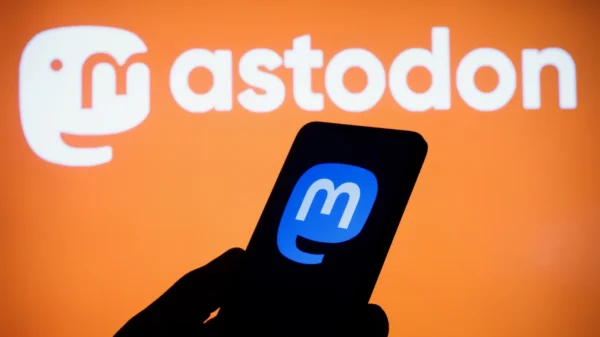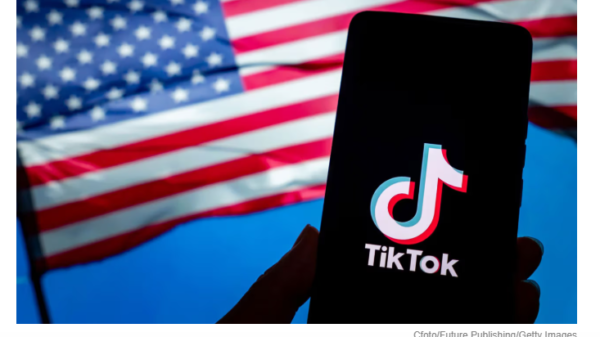The Rise of Threads: A New Social Platform
Threads, Meta’s latest venture, entered the social media scene with much anticipation. Its launch saw an impressive 43 million sign-ups, with 24 million becoming daily active users. Positioned as a companion app to Instagram, Threads quickly gained popularity and reached 100 million users within just five days after its launch. However, spam attacks were a problem during this meteoric rise.Spam Attacks: The Challenge for Social Platforms
Spam attacks have become a persistent issue on social media platforms worldwide. The rise of bots, automated accounts, and data scraping activities poses serious threats to the user experience, platform integrity, and overall user satisfaction. In the case of Threads, Meta executive Adam Mosseri acknowledged the problem of spam attacks and vowed to address it by introducing rate limits.Understanding Rate Limits
Rate limits are restrictions imposed on user activity to control the frequency of certain actions, such as the number of posts users can view in a given timeframe. By limiting certain actions, platforms aim to curb spam and ensure a more authentic and engaging user experience.Threads and Twitter: A Familiar Approach

Photo:
Quartz
Balancing Act: Limiting Spam vs. User Engagement
The introduction of rate limits presents a delicate balance for social media platforms. While it addresses the immediate concern of spam and data scraping, limiting the number of posts users can view may unintentionally impact legitimate and active users, leading to “false positives”. These false positives could result in users being inadvertently caught in the protective measures meant for bots and malicious actors. From a business perspective, rate limits may potentially reduce the time users spend on the platform, leading to decreased ad revenue for the company. Social media companies like Twitter and Meta rely on user engagement to drive ad impressions, making it crucial to strike a balance between combating spam and maintaining a positive user experience.Data Scraping and Privacy Concerns
Data scraping, the extraction of large amounts of information from websites, has garnered increased attention due to privacy and intellectual property concerns. A.I. companies often use data scraping to gather information for training their large language models. However, critics argue that such practices may violate privacy laws and intellectual property rights.The Path Forward for Threads and Twitter Rivals
Threads and other new Twitter rivals, like Bluesky, must come up with creative solutions to prioritize the best accounts while reducing spam as they face similar difficulties as more established platforms. Bluesky, in particular, has been grappling with moderation issues and instances of racist slurs, highlighting the need for effective content moderation strategies.Conclusion
Meta’s Threads and Twitter’s rate limits highlight the ongoing battle against spam and data scraping in the realm of social media. As these platforms evolve and grow, striking a balance between limiting spam and maintaining a positive user experience will remain a key challenge. Rate limits offer a potential solution, but their implementation requires careful consideration of their impact on user engagement and ad revenue. In a world where data privacy and intellectual property concerns are paramount, social media platforms must also prioritize effective content moderation to ensure a safe and inclusive digital space for their users.















































